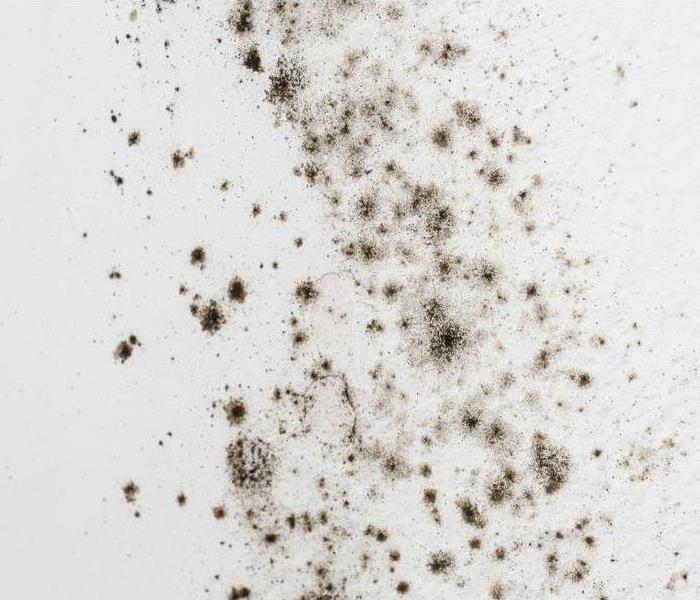10 Places Where Water and Mold Occurs
11/16/2020 (Permalink)
10 Unexpected Places Where Water Damage & Mold Creeps Into Your Home
If a fixture or appliance in your home uses water, chances are it will leak at some point. These are 10 places many Dickson homeowners overlook when checking for water damage or mold:
- Dishwasher
There are two connections under each dishwasher that have the potential for mold and mildew to get started–the water supply and the discharge connection. The water supply needs to be lubricated with the right sealant and properly tightened periodically. The discharge connection involves a rubber hose and clamp, and installing the hose before the dishwasher is installed ensures it is done properly. Hoses wear out over time. If you’re buying an older house, it doesn’t hurt to check the dishwasher connections — especially if there’s an odd smell when you open the door.
- Icemaker Connections
Refrigerators often get moved, either for cleaning or other projects. This can weaken or break the water line connection to the ice maker, causing leaks behind the refrigerator.
- Washing Machine Connections
When installing a washing machine, always install a new hose, using the rubber washers the manufacturer recommends. Also, use Teflon tape and make sure to tighten the connection with vice grips so there are no drips or leaks.
- Hot Water Heater
Many states have laws regarding the installation of hot water heaters, and most of them involve overflow pans that are piped to drain outside the house. The pan must be tilted at least ¼ inch to ensure the water does drain. Newer heaters with quick connect connectors should be properly lubricated and tightened so the shut-off valve doesn’t leak.
- Plastic P-Traps
Under every sink in your home is a “P-Trap,” almost always made of PVC pipe, which expands, and contracts. This process eventually loosens the connection and can cause leaks. Use Teflon tape to seal every P-Trap and check them periodically, tightening them by hand to ensure their connections don’t loosen and leak. Be careful, over tightening PVC can cause it to crack.
- Toilet Connections
The base of the toilet is where most mold grows. Toilets should be installed with a horned wax ring, and then the base of the toilet grouted in with tile grout. The grout serves as a filler between the bowl and the floor to keep the bowl from rocking – which can compromise the wax ring. Also, make sure the toilet supply line is well-connected.
- Shower Doors
To insure proper installation, we recommend shower doors be installed by a licensed plumber. Mold growing at the base of the tub may be from leaking or improperly installed shower doors. Shower doors need caulking on all three rails — the two side rails as well as the bottom rail.
- Tub
The best way to prevent a leak from a tub is to make sure it is installed properly. If installed improperly, water and moisture can drip down under the tub causing water damage and mold issues.
- Exterior Water Connections
If you’ve used a hose, you know how a poor connection or missing rubber washer can cause water to spray onto the house. This uncontrolled spray allows water to enter the space between the siding or into the wall leading to water damage and mold growth.
- Outdoor Water Sprinklers
Make sure your sprinklers are well away from the house when turned on. The siding on your house is engineered to shed falling water (rain), not sprinklers shooting water up.
If you take the proper precautions and monitor your home regularly, you should be able to avoid mold or at least catch it very early at its onset.






 24/7 Emergency Service
24/7 Emergency Service
